Private William Frank Seiverling
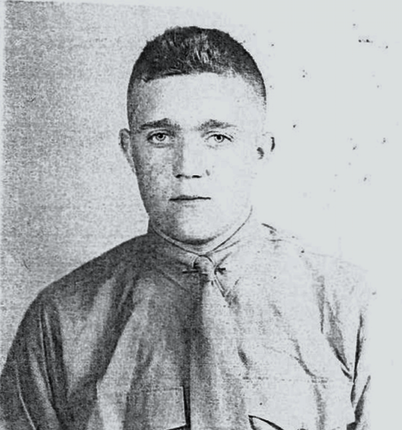
- Unit: 1st Battalion, 5th Marines, 1st Marine Division, Company C
- Service Number: 369132
- Date of Birth: September 22, 1920
- Entered the Military: February 2, 1942
- Date of Death: November 1, 1942
- Hometown: Elizabethtown, Pennsylvania
- Place of Death: Guadalcanal, Solomon Islands
- Award(s): Navy Cross, Purple Heart
- Cemetery: Walls of the Missing. Manila American Cemetery
Park View High School
2016-2017
Early Life
William Seiverling, Jr., was born to Grace and William Seiverling on September 22, 1920, in Elizabethtown, Pennsylvania. Grace was a homemaker, raising four children while William worked as a cigar maker and later a cabinet maker. Sometime before Seiverling’s ninth birthday, the family moved to Drexel Hill, Pennsylvania. Seiverling stayed in school until he reached eighth grade. He dropped out and found a job as a painter with J.W. Brennon Painters in Drexel Hill. He worked for five years and earned approximately $36 a week.

Military Experience
On February 2, 1942, Seiverling enlisted in the U.S. Marine Corps in Philadelphia. He reported to Recruit Depot, Parris Island, South Carolina, on February 3, 1942, for basic training. Upon completion of basic training on March 12, Seiverling reported to C Company, 1st Battalion, 5th Marines, 1st Marine Division in New River, North Carolina. Only two months after reporting, Seiverling and his unit boarded the USS Wakefield anchored in Norfolk, Virginia, and departed for the Pacific theater on May 20, 1942.
After a month at sea, the USS Wakefield arrived in Wellington, New Zealand, where Seiverling and his unit made their final preparations for battle.
In the early hours of August 7, 1942, Seiverling and thousands of his fellow Marines stormed the beaches of Guadalcanal, signaling the start of the first major Allied offensive against Japan. Poor weather conditions helped the Marines surprise the enemy and land unopposed. They then secured a key airfield, later renamed Henderson Field after a downed pilot. Despite the Marines’ initial success, the Japanese were a determined enemy with significant air and naval power that drove Allied ships away before supplies could be offloaded. As a result, the Marines were forced to rely solely on captured Japanese supplies to feed the themselves.
Over the next several months, Seiverling and his unit battled both the enemy and extreme conditions. Throughout the battle for Guadalcanal, the Allied forces faced an onslaught of tropical diseases, including dysentery, malaria, and dengue fever. To compound these struggles, Marines also struggled with a lack of food, clean water, and ammunition. Despite these added difficulties, Seiverling and his fellow Marines continued to push inland.
In a final attempt to force the Japanese out of the area surrounding the Matanikau River, Seiverling’s unit attacked a well fortified enemy on the morning of November 1, 1942. During intense fighting, Seiverling exposed himself to sniper and machine gun fire countless times to aid injured members of his platoon. At one point in the battle, Seiverling ran between an enemy position and another Marine platoon to provide cover and support while the wounded were evacuated.
In the process of covering the withdrawal, he killed several Japanese soldiers before being wounded himself by machine gun fire. Although he was hit by enemy fire, Seiverling continued to fight until he was fatally wounded while returning to Allied lines. Seiverling’s actions enabled the Marines to receive the medical help they needed and prevented the loss of more men. For his actions, Seiverling was awarded the Navy Cross.
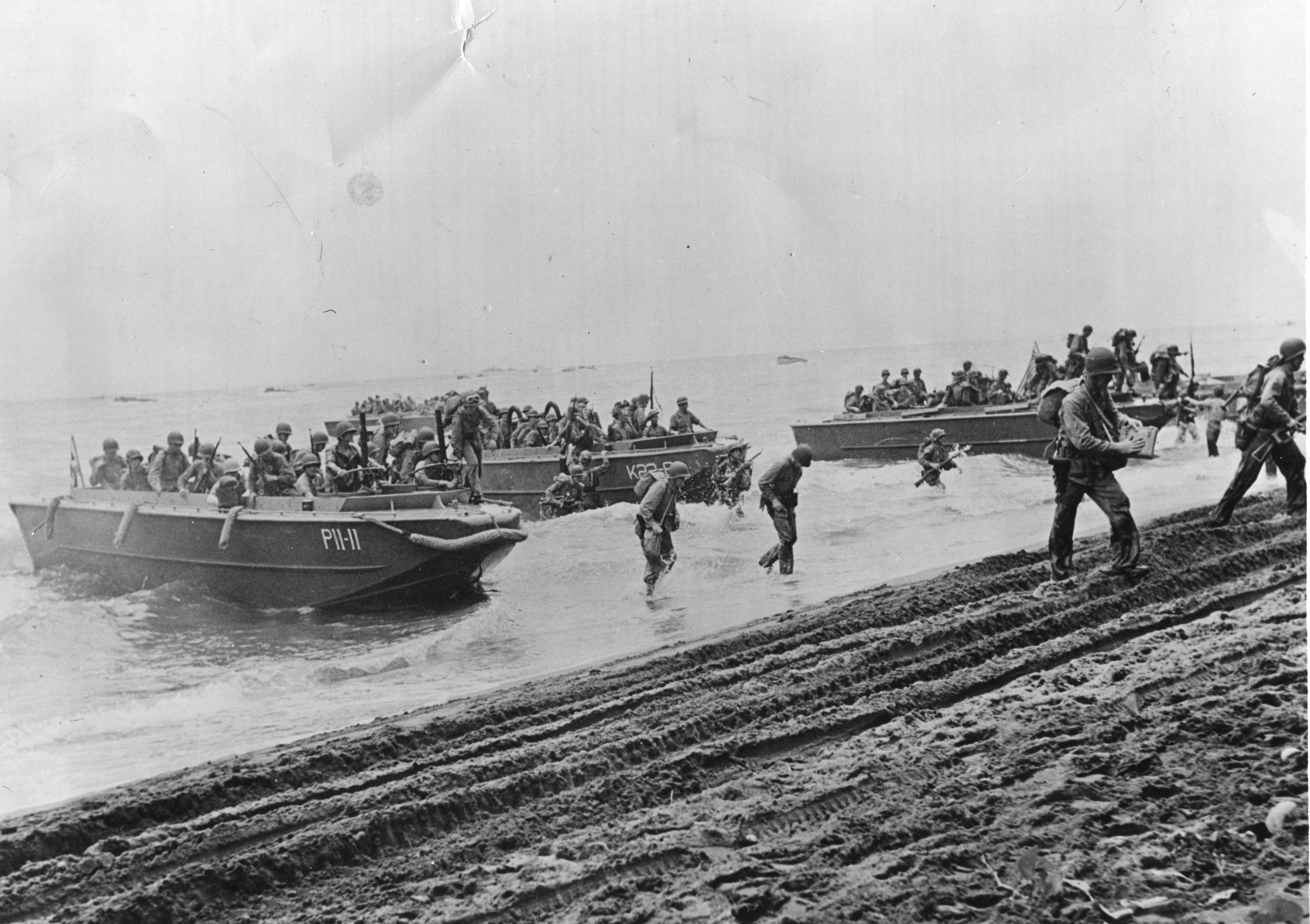
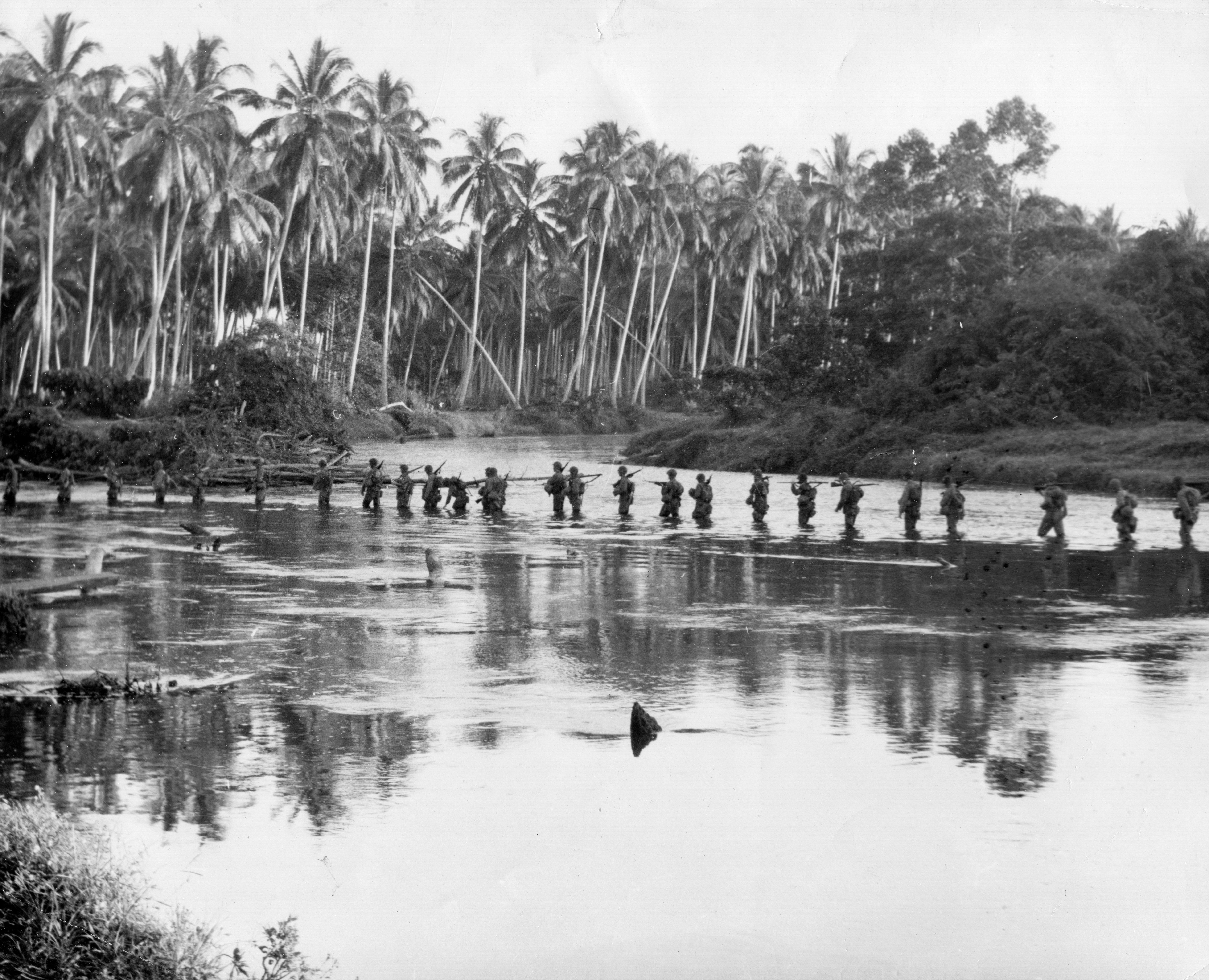
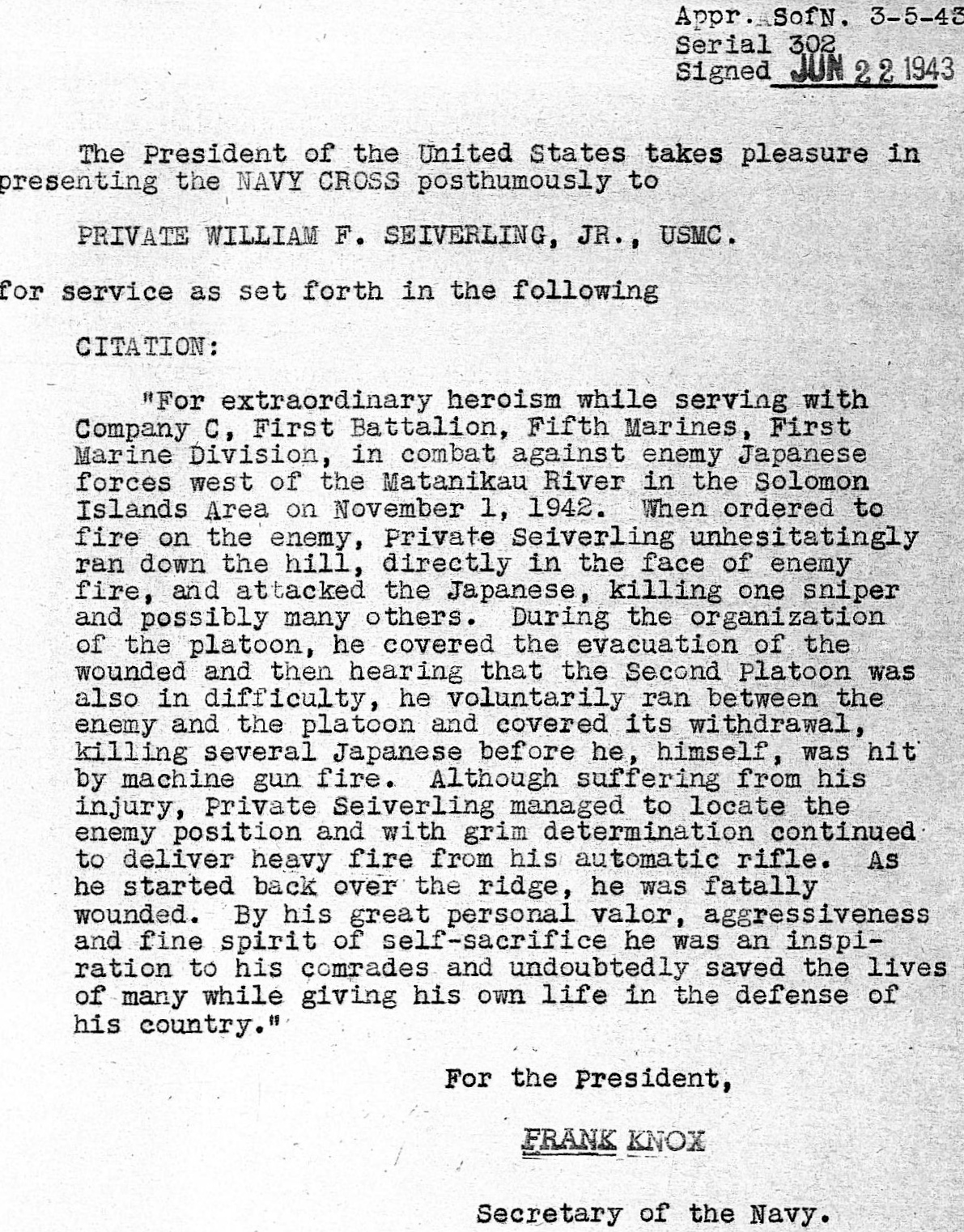
Eulogy
As with many who fought in the Pacific Theater, Seiverling’s body was placed in a temporary grave and was unable to be recovered later for formal burial. In his military records, we are left with only a sentence about his final resting place: “Remains interred about 400 yards west of Point Cruz, about 600 yards inland from the sea, on Guadalcanal BSI [British Solomon Islands].”
Though Seiverling died on Guadalcanal, he was not done serving his country. On March 7, 1944, the U.S. Navy commissioned a destroyer, the USS William Seiverling (DE-441), in his honor which continued to carry the fight to the Japanese. After the vessel launched, she took part in anti-submarine operations and support operations during the Battles of Iwo Jima and Okinawa.
The USS Seiverling docked in Tokyo Bay on September 2, 1945, the day the Japanese surrendered to the Allies. The ship returned to the United States on November 26, 1945. The USS William Seiverling was decommissioned in March 1947 but saw action again later during the Korean Conflict.
Though Seiverling’s body was not recovered, he is honored along with his Brothers in Arms on the Walls of the Missing at the Manila American Cemetery in the Philippines.
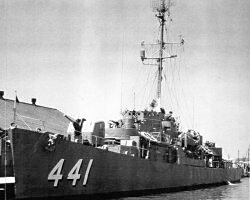
Reflection
Bibliography
Beaumier, Coreen M., et al. “United States Military Tropical Medicine: Extraordinary Legacy, Uncertain Future.” U.S. National Library of Medicine, National Institutes of Health. Last updated December 2013. Accessed August 11, 2017. www.ncbi.nlm.nih.gov/pmc/articles/PMC3873258/.
The Marines have landed… Photograph. August 30, 1942. National Archives and Records Administration (0955486). Image.
Marines on the March… Photograph. November 2, 1943. National Archives and Records Administration. Image.
Pennsylvania. Lancaster County. 1910 U.S. Census. Digital Images. ancestry.com.
Pennsylvania. Lancaster County. 1920 U.S. Census. Digital Images. ancestry.com.
Pennsylvania. Delaware County. 1930 U.S. Census. Digital Images. ancestry.com.
Pennsylvania. Delaware County. 1940 U.S. Census. Digital Images. ancestry.com.
Records Relating to United States Marine Corps Operations in World War II (“Geographic Area Files”), Guadalcanal; Records of the United States Marine Corps, Record Group 127 (Box 42); National Archives at College Park, College Park, MD.
Records Relating to United States Marine Corps Operations in World War II (“Geographic Area Files”), Guadalcanal; Records of the United States Marine Corps, Record Group 127 (Box 43); National Archives at College Park, College Park, MD.
Smolinski, Mike. “USS William Seiverling (DE 441).” Navsource Online: Destroyer Escort Photo Archive. Last updated May 30, 2014. Accessed August 11, 2017. www.navsource.org/archives/06/441.htm.
“W. F. Seiverling, Jr.” American Battle Monuments Commission. Accessed February 1, 2017. abmc.gov/node/503485#.WY3BU1GGPIU.
William Seiverling, Official Military Personnel File, Department of the Navy, U.S. Marine Corps. Record of the U.S. Marine Corps, RG 127, National Archives and Records Administration – St. Louis.
This profile was researched and created with the Understanding Sacrifice program, sponsored by the American Battle Monuments Commission.

